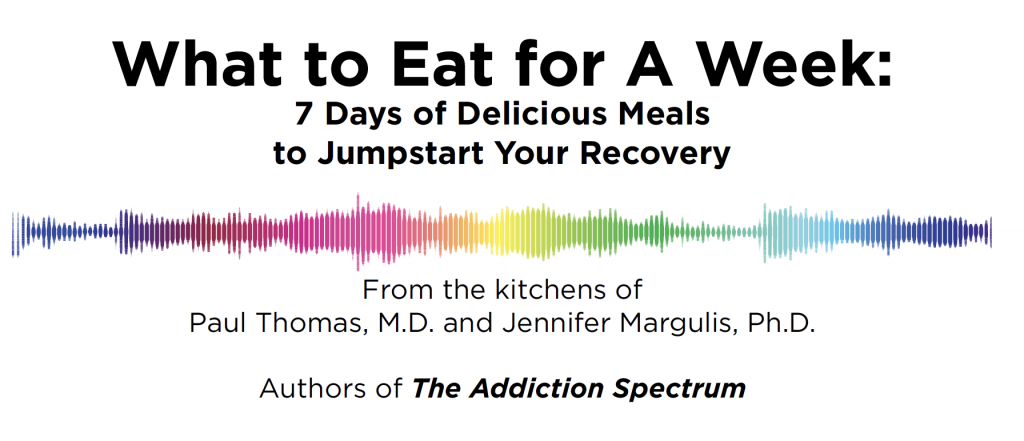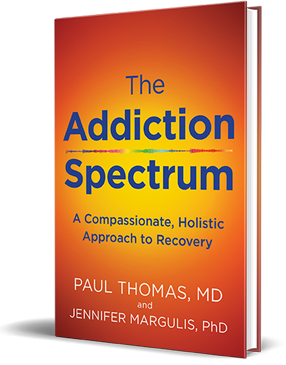Those of us of a certain age remember that commercial of a frying egg, right? “This is your brain. This is your brain on drugs.” It was one of the early efforts for our country to deal with addiction.
We recall that commercial even now because of its simplicity: we got the message:
Addiction affects your brain. Scrambles it.
But have you ever wondered how? How does addiction affect the brain? Brain science has answers, and many people don’t understand it.
I’m fascinated by brain science. If you read my articles or if you’ve heard me speak, you already know I love to geek out about medical science. But I think brain science is a topic even my non-science-geek friends care about. It’s about our health.
Last month when I attended an addiction summit in Wichita, Kansas, I was amazed by the people I met, amazing people all determined to find solutions for addictions, from government leaders (like Jermaine Wilson, Mayor of Leavenworth, Kansas, pictured below) to educators and psychologists, to people in recovery. Millions care about this issue and are committed to addiction solutions.

The addiction brain
No child is born thinking, “I want to grow up to be an addict or alcoholic.”
Even when using or drinking starts having a significant negative impact, most people deny the very existence of the problem.
That is one baffling aspect of addiction.
Addiction hijacks a person’s normal common sense.
To the outsider, it seems like the addict has no willpower. You’ve probably heard people say that before, in a scoffing tone of voice: “If you had more willpower, you wouldn’t be drinking or using.”
But that’s not what’s actually going on.
What happens in our brains when we experience pleasure?
“My dopamine made me do it,” is a phrase Marvin Seppala, MD, the director of Hazelden Betty Ford, often uses.
Dopamine is a neurotransmitter that is made in several places in the brain.
Dopamine plays a role in your memory and your mood. It also plays a role in movement and speech. The dopamine produced in one part of the brain (the substantia nigra) is thought to help with movement and speech. One of the reasons people with Parkinson’s have trouble initiating movement is that the cells in this part of the brain start to die off. But it is the dopamine that is made in another part of the brain, the ventral tegmental area, that interests addiction specialists the most.
The dopamine from the ventral tegmental area doesn’t help people move — at least, not directly. Instead, this area usually sends dopamine into the brain when animals (including people) expect or receive a reward. That reward might be a delicious slice of pizza or a favorite song. This dopamine release tells the brain that whatever it just experienced is worth getting more of. And that helps animals (including people) change their behaviors in ways that will help them attain more of the rewarding item or experience.
How does this work?
When we eat something delicious, quench our thirst with a cool glass of water, or make love there is a small release of dopamine. The rewarding nature of this feeling of pleasure has us returning to eat again, drinking again, or making love more. These are the natural activities that sustain our lives. It’s a good thing that they feel good.
But there’s a rub.
Drugs and alcohol bathe our brains in dopamine. With booze or pills, our brains get flooded with more dopamine than other, healthier activities. Especially the first few times we engage in those activities. The rewarding feeling is so intense that we want that feeling to continue. If we have a tendency towards addiction, the cortex/higher brain controls that would moderate our impulse to stop before we hurt ourselves get overwhelmed.
Instead of helping us stop, our addicted brain does the opposite: Gives us overwhelming cravings for more drugs or alcohol, we can think of nothing but the next fix, the next drink, the next online porn session or food binge.
We’re chasing a pleasurable feeling so hard, trying to recapture a high that starts to get elusive. We feel we’ll die without more dopamine.
I’m simplifying—there are more neurotransmitters involved in addiction than just dopamine—but dopamine is one of the keys.
This process is different for the types of drugs we use, impacting the release of dopamine or even blocking its removal, but the different substances—cocaine, alcohol, cannabis, opioids, cigarettes, etc—actually work on the same receptors, activate the same chemicals, and hence have the potential to produce the same addictive effects.
The problem is not that addicts are seeking pleasure.

Jumpstart your recovery with the free cookbook I wrote with Paul Thomas, M.D.
The problem is that when you take the desire for dopamine too far it ends up destroying your brain.
So, what’s the solution for addiction?
If it’s not about having more willpower, how do you beat back addiction?
In order to heal from addiction, you have to heal your addicted brain.
You have to find non-addictive ways to feel good, to get a dopamine rush, and to experience pleasure.
You have to avoid addictive substances that overwhelm your brain with dopamine and replace unhealthy addiction with healthy behavior.
My co-author of two books, Dr. Paul Thomas, M.D., runs an outpatient addiction clinic based in Portland called Fair Start. At Fair Start they help addicts—mostly young adults—recover from drug addiction.
The majority of patients, Paul Thomas says, are addicted to heroin and other opioids. Often they’re using several drugs at once, including meth.

Dr. Paul’s practical experience in helping young people recover from addiction is what guided our approach in our book, The Addiction Spectrum: A Compassionate, Holistic Approach to Recovery.
In the book, we give you an action plan to move you from the severe end of the addiction spectrum to the mild end of the spectrum.
There is a way forward out of addiction.
No addict is “hopeless.”
We can end the addiction epidemic.
We can stop people from dying from addiction.
We can all take steps to heal our brains.
The details are in the book, and we have a free companion cookbook you can download here to jumpstart your recovery.
In the meantime, here are some teasers:
- Use supplements as a salve: Healthy eating is a key component of lifelong brain health. The rule here is to cut out all refined sugar and eat whole, real foods as close to their natural state as possible. As you change towards a whole food, real food diet, you can also supplement your nutritional deficits. We offer advice about nutrition and how to supplement for addiction in nearly every chapter of the book. Some key supplements include: Glutamine to reduce cravings (start by taking 1000 mgs 4 times a day on an empty stomach); Vitamin B5 (pantothenic acid) to strengthen your adrenal system; and Vitamin D3 (preferably with K2; get your levels checked to find out the amount you need; most of Dr. Paul’s patients take between 2,000 and 5,000 IUs daily) for immune repair. Since brain health affects every aspect of your body’s health, when you strengthen your health overall, you also repair your brain.
- Find real ways to be connected: The addicted brain is seeking connection, which is a fundamental need of all human beings. Many of us are so wrapped up in pain and loneliness that we forget how important friendships can be. But we all need to connect to other people IN REAL LIFE. This means getting off the computer and into the community. It’s hard. If you’ve been addicted since you were a teenager, you may feel very socially awkward. If you’re an introvert, you may hate the idea of meeting new people. Start by thinking about what you loved when you were little, before you found drugs or alcohol. Was it writing? Cartooning? Playing sports? Going on D&D campaigns? Racing cars? Find the real-life communities of people who love to do what you love to do and make that healthy hobby, like painting or hiking, into your new passion. You may not find your people on the first or second try. Keep looking.
- Exercise, exercise, exercise: My husband is suffering from a very debilitating heart condition and cannot exercise right now. I see firsthand how not moving your body leads to depression. Studies have shown that exercise increases cerebral blood flow, helps promote dopamine and other feel good hormones, and has lasting benefits to your health. Exercise is a key component to brain health and addiction recovery. Extra points if you find people you like (see #2) to exercise with you. For Dr. Paul, CrossFit has been a lifesaver. My exercise of choice includes bicycling and long walks, as well as playing community soccer and basketball. Keep looking until you find the exercise that you enjoying. Remember: You don’t have to be good at it! You just have to do it.
Our plan for lifelong brain health can help anyone, not just addicts. With a new year on the horizon, isn’t this the perfect time to resolve to have a healthier brain?
Here’s to the end of the addiction epidemic and the beginning of brain health for all.
Related articles:
If you’re in pain, you’re not alone
Digital addiction: Living a flat life in high def
What about cannabis?
Leave a Reply